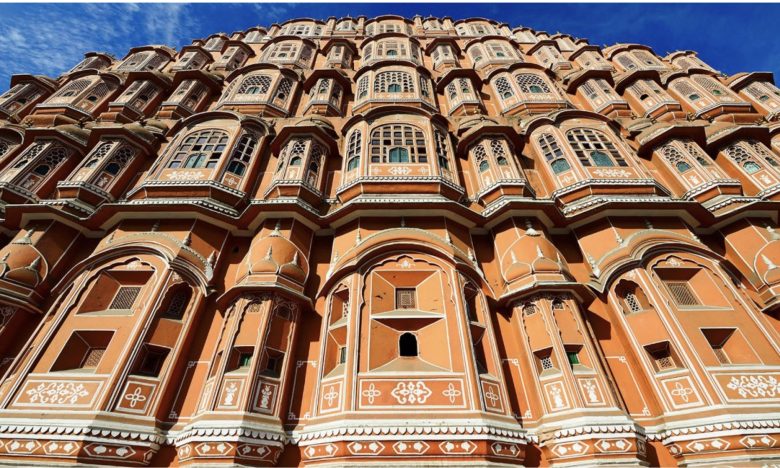JAIPUR, INDIA, May 26, 2023 (CNN): In 2015, India launched an ambitious plan dubbed the National Smart Cities Mission, aimed at making 100 urban centers more livable and sustainable through innovative and inclusive solutions. Among the 100 cities selected was Jaipur, the northwestern desert capital of Rajasthan. But while the Smart City project concept was aimed at modernizing India, historians argue that Jaipur’s “smart” credentials have been ahead of the game for centuries. Now famed for its historic pink buildings, it was the first “planned city” of King Sawai Jai Singh, an astronomer who used planetary positions as his guide when deciding on the orientation and positions of the structures. He moved his kingdom’s capital from the nearby village of Amer to Jaipur in 1727. In the years to follow, Rajasthan’s kings continued their patronage of art and architecture – including descendant King Sawai Pratap Singh. He was a builder with an artistic side – Jaipur’s old palatial city walls feature numerous examples of his love for art. But nowhere showcases that passion quite like Hawa Mahal, which is not only architecturally stunning but offers lessons in sustainable building.
Completed in 1799, it’s today one of India’s most recognizable icons and a popular tourist attraction. Indian authorities in charge of the monument say roughly one million people visit each year. Past the city’s fractal pink walls and the frenzy of the old city market, the Hawa Mahal is an imposing structure, its recurring pyramids rising five floors above the chaos. With a staggering height of 87 feet, dotted with 953 ornate louvered windows, it’s a feast for the eyes. But few realize that what you see from the street is essentially the rear of the building. “The primary purpose of the building was to allow the royal ladies to enjoy everyday street scenes and processions without being seen owing to the purdah system,” he says, referring to a social practice in medieval India in which women, particularly from the upper classes, were required to cover themselves and remain secluded from public view. Today, the building is a prime example of the role climate played in India’s historic designs and provides evidence of an advanced understanding of the laws of thermodynamics.
Much more at source.
https://www.cnn.com/travel/article/india-hawa-mahal-palace-of-the-winds/index.html
A daily summary of world news for Hindus and non-Hindus alike

